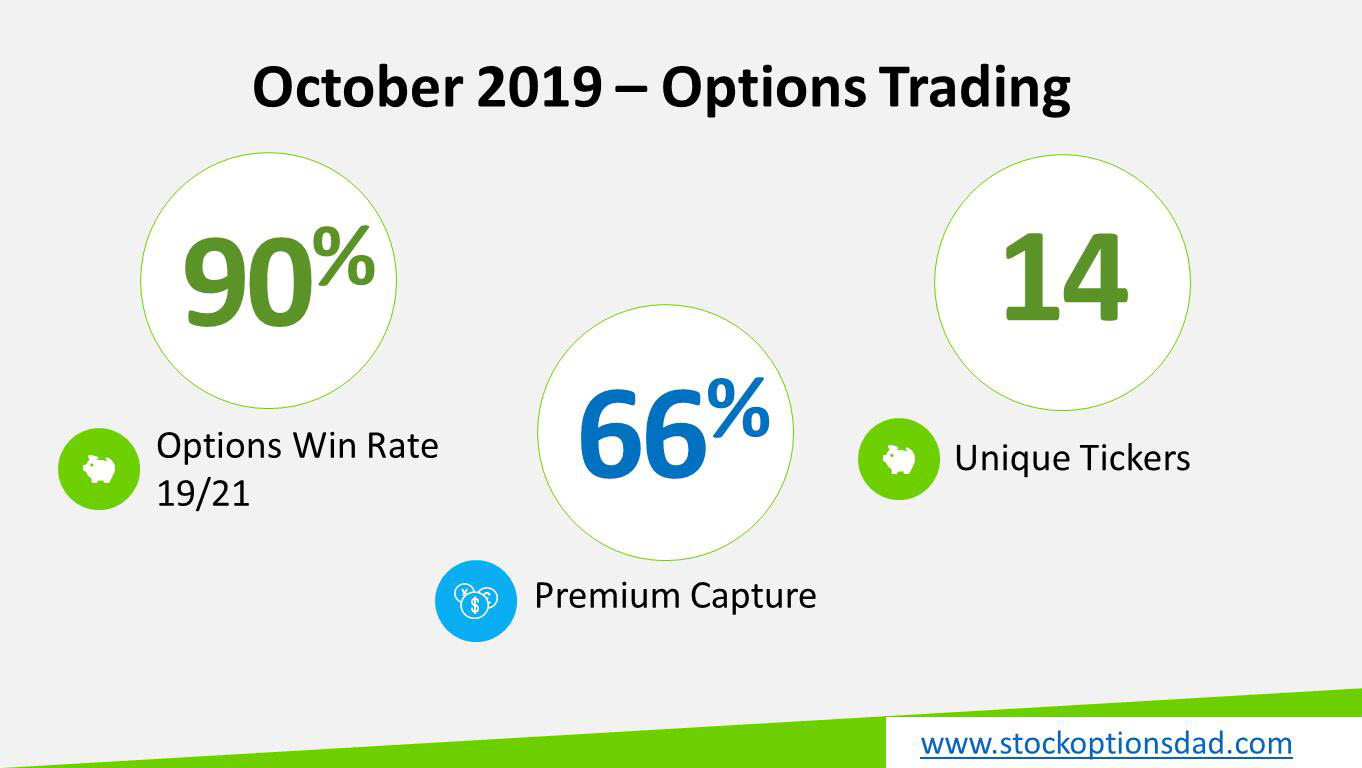Introduction
In the realm of finance, there exists a vibrant and enigmatic market where complexities intertwine with potential rewards: the options trading market. Options, as the name suggests, bestow the right, but not the obligation, to buy or sell an underlying asset at a predetermined price on a specified date. This intriguing financial instrument has captivated the attention of investors, traders, and speculators alike, promising a potential pathway to profit while navigating the ever-shifting market landscape.

Image: www.ino.com
The options trading market has emerged as a significant component of the financial ecosystem, mediating the transfer of risk and providing opportunities for both income generation and hedging against potential losses. Understanding the intricacies of this market, however, is paramount to harnessing its potential effectively.
Historical Roots: The Genesis of Options Trading
The origin of options trading can be traced back to the 17th century, with the emergence of standardized contracts in the Amsterdam Stock Exchange. These early contracts were primarily centered around the trade of commodities, affording traders the flexibility to secure future delivery prices amidst fluctuating market conditions. Over time, options trading evolved, expanding its reach to encompass a vast array of underlying assets, including stocks, bonds, currencies, and commodities.
Basic Concepts: Deciphering the Options Jargon
At the core of options trading lies a fundamental understanding of the two primary types of options contracts: calls and puts. Calls grant the holder the right to purchase an underlying asset at a predetermined price (the strike price) on or before a specified date (the expiration date). On the other hand, puts provide the holder with the right to sell an underlying asset at the strike price on or before the expiration date.
The value of an options contract is influenced by a multitude of factors, including the price of the underlying asset, the strike price, the time remaining until expiration, and market volatility. Traders meticulously analyze these factors to gauge the potential value of an options contract and make informed decisions.
Trading Strategies: Navigating the Options Landscape
The options trading market presents a myriad of trading strategies, each tailored to specific market conditions and risk appetites. Some of the most prevalent strategies include:
- Buying calls to speculate on a potential rise in the underlying asset’s price
- Selling calls to generate income or hedge against a long position in the underlying asset
- Buying puts to protect against potential declines in the underlying asset’s price
- Selling puts to generate income or speculate on a potential rebound in the underlying asset’s price

Image: explosiveoptions.net
Market Trends: Unveiling the Evolving Landscape
The options trading market is in a state of constant flux, influenced by macroeconomic factors, geopolitical events, and technological advancements. Staying abreast of these trends is crucial for traders and investors seeking to optimize their strategies.
- The rise of exchange-traded funds (ETFs) and other structured products has enhanced accessibility to options trading for a wider range of participants.
- Technological advancements have revolutionized the trading process, empowering traders with sophisticated tools and real-time data analysis capabilities.
- Regulatory changes continue to reshape the options trading landscape, aiming to ensure market integrity and protect investors from potential abuses.
Options Trading Market
Conclusion: Embracing the Enigma of Options Trading
The options trading market is an intricate and captivating realm, where opportunities and risks intertwine. For those willing to navigate its complexities, the potential rewards can be substantial. However, it is imperative to approach options trading with a thorough understanding of the underlying concepts, a keen eye for market trends, and a measured risk appetite. By embracing the enigmatic nature of this market, traders and investors can unlock a world of financial possibilities.






